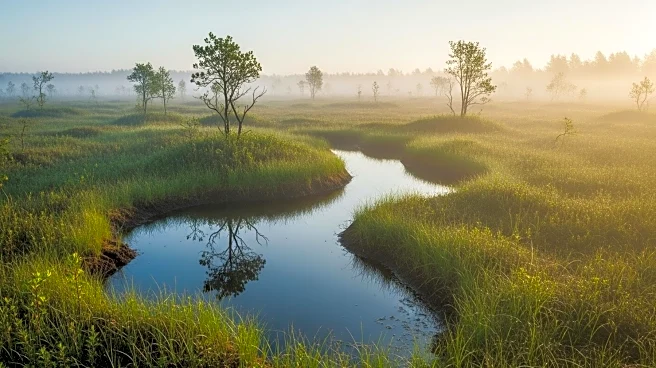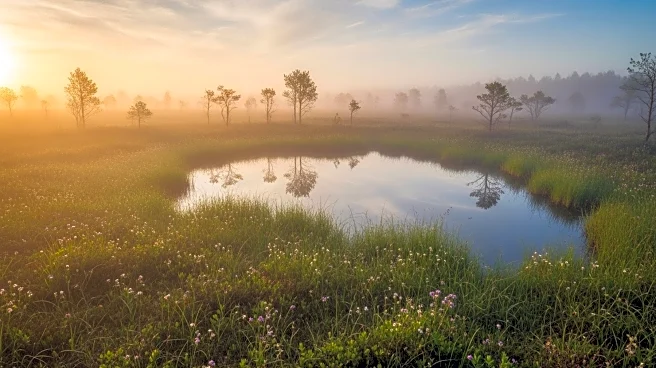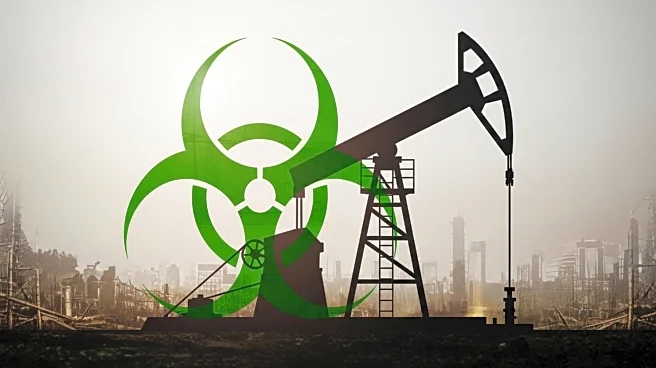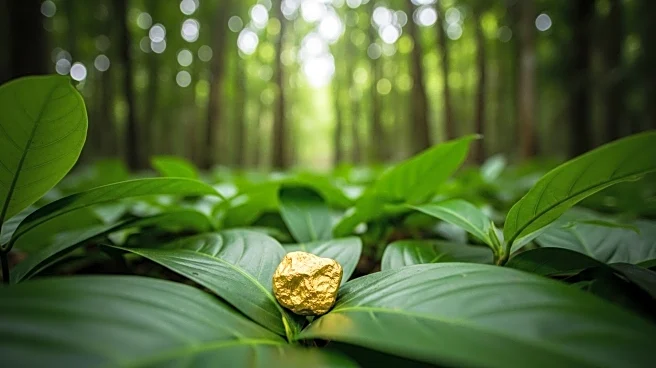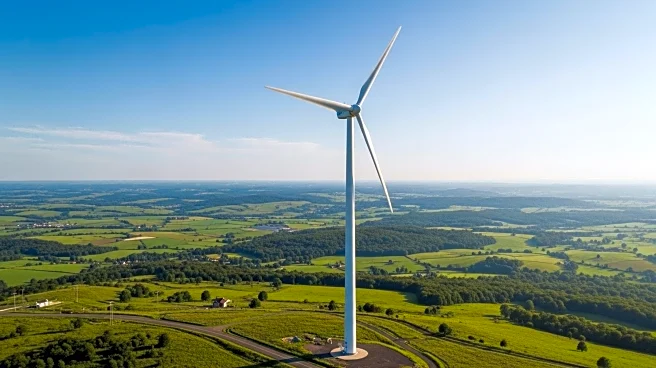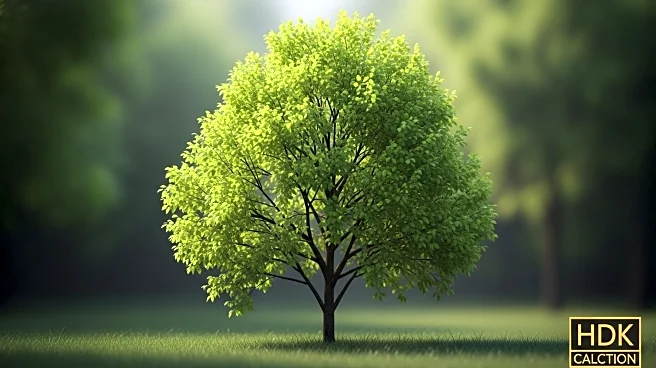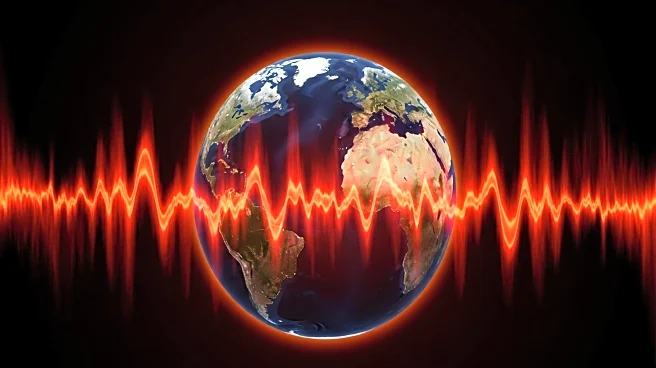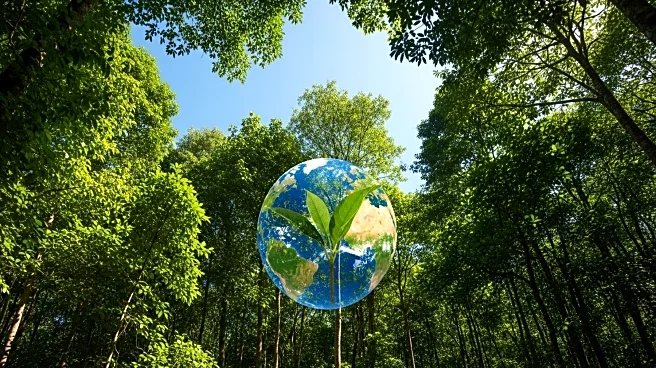What's Happening?
Peatlands are being recognized for their role as significant carbon sinks in climate action research. These ecosystems, developed under waterlogged conditions, accumulate organic material known as peat, which sequesters atmospheric carbon. However, disturbances such as drainage or land conversion can turn peatlands into sources of greenhouse gas emissions. The research collection aims to advance understanding of peatland ecosystems, their biodiversity, ecological functions, and responses to environmental change. Contributions are invited to explore modeling, mapping, and monitoring of peatland degradation, as well as climate change mitigation strategies.
Why It's Important?
Peatlands play a critical role in climate change mitigation by storing carbon and reducing greenhouse gas emissions. Protecting these ecosystems is essential for biodiversity conservation and achieving climate action goals. The research highlights the need for sustainable land management practices to preserve peatlands and their ecological functions. Understanding the dynamics of peatland ecosystems can inform policy decisions and contribute to global efforts to combat climate change.
What's Next?
Future research may focus on developing strategies to protect and restore peatlands, ensuring their continued role as carbon sinks. Collaboration between scientists, policymakers, and conservationists could lead to effective measures for peatland preservation. The findings may influence international climate policies and encourage investment in peatland conservation projects.
Beyond the Headlines
The emphasis on peatlands underscores the interconnectedness of ecosystems and climate change. It raises ethical considerations about land use and the responsibility to protect natural carbon sinks. The research could lead to a reevaluation of conservation priorities and strategies.
